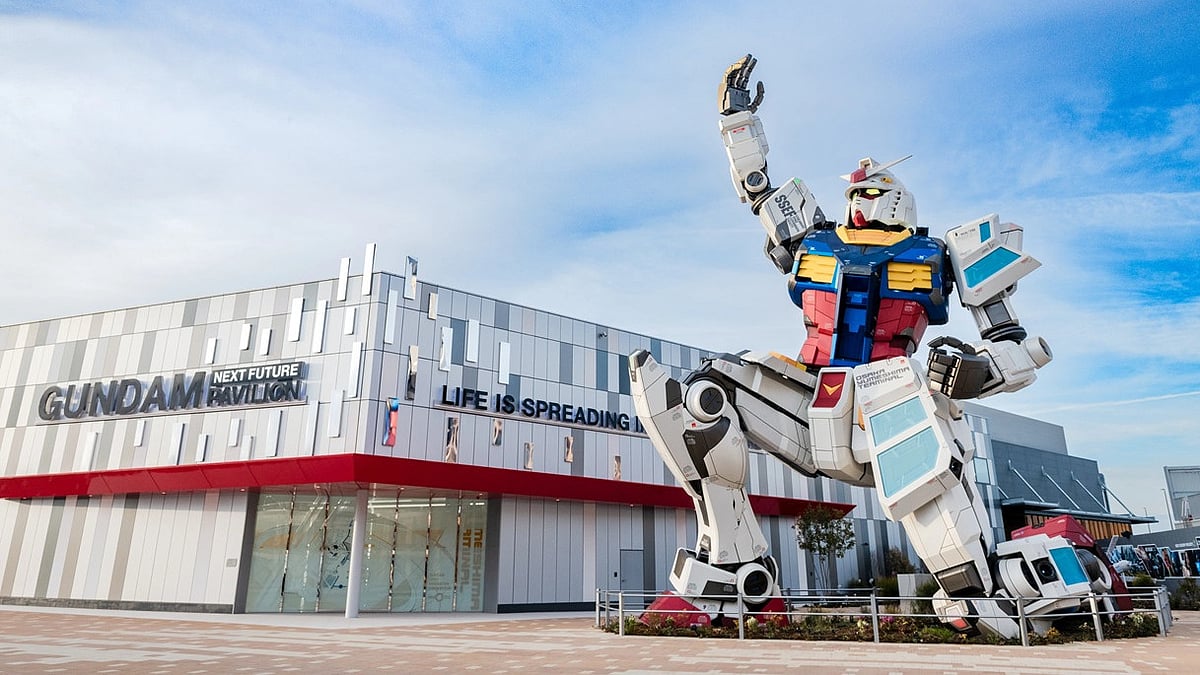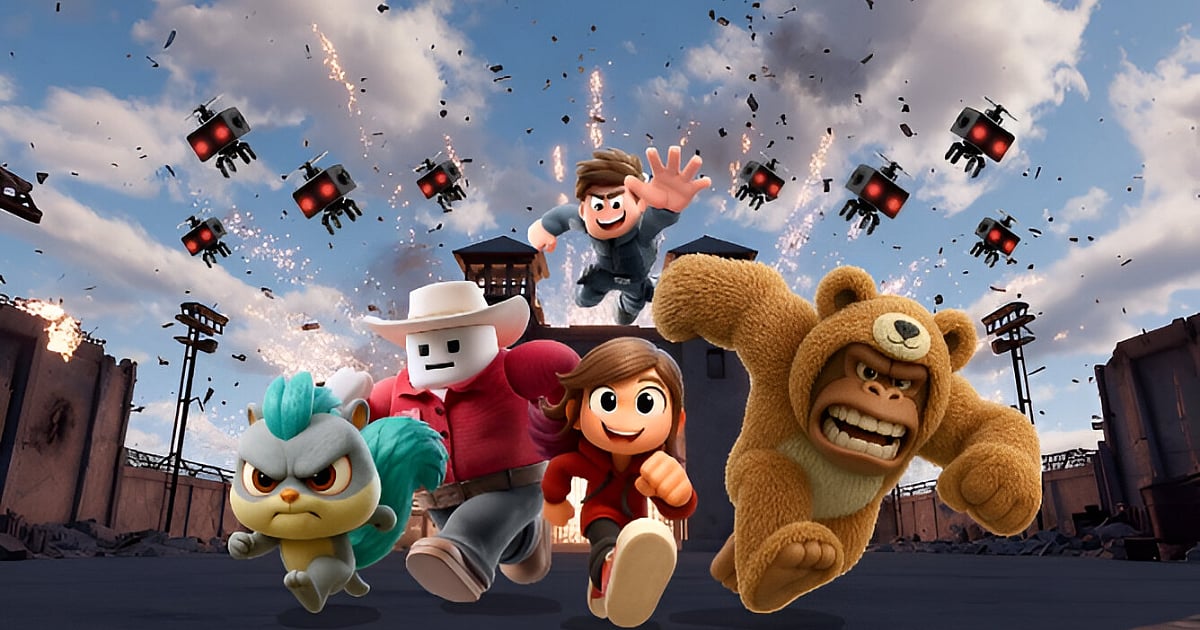
Tencent Expands Into AI ‘World Models’
Tencent Expands Into AI ‘World Models’
Tencent expands its spatial intelligence strategy as ‘World Models’ become central to next-generation robotics, simulation, and AI development
Highlights
- Tencent accelerates its push into physics-aware ‘world models’ for spatial intelligence.
- New open-sourced tools like HunyuanWorld and Voyager gain strong traction among developers.
- World models now support Tencent’s robotics and gaming workflows, improving R&D efficiency.
Tencent is accelerating its work on physics-aware “world models,” strengthening its position in the growing field of spatial intelligence, as major tech companies compete to build AI that can understand and predict real-world environments. The update was confirmed by Guo Chunchao, who leads 3D generation and world modelling at Tencent’s Hunyuan team.
Tencent now joins Google DeepMind, xAI, and Li Fei-Fei’s World Labs, which introduced its first commercial world-model product, Marble, this week. Researchers are shifting beyond language-based systems toward models that interpret 3D geometry and physical interactions.
Guo described these systems as offering “true visual and spatial intelligence,” allowing agents to learn within simulation rather than through “risky real-world trial and error.”
He is scheduled to present Tencent’s progress at SIGGRAPH Asia in Hong Kong in December.
Tencent’s world-model rollout supports rising demand for physics-accurate AI tools
Tencent recently open-sourced HunyuanWorld 1.0, HunyuanWorld-Voyager, and FlashWorld, which can generate explorable 3D environments from images or text prompts. Several models quickly trended on Hugging Face, reflecting strong interest among developers.
Guo noted that “quantized” versions let teams run the tools on consumer hardware, expanding accessibility.
The company has already deployed world models in Tairos, its robotics-training platform, and in its gaming division to speed up virtual-world creation. Tencent said last month that its internal AI art tools now match the output of human artists and that broader AI integration has increased research and development efficiency by more than 20 percent.
Momentum in spatial intelligence continues to grow. Meta’s chief AI scientist, Yann LeCun, is reportedly preparing to launch a world-model start-up. Google DeepMind’s Genie 3, featured on Time magazine’s best inventions list, remains a leading system in the category.
Guo said physics consistency remains the primary challenge. Inaccurate simulations can cause AI agents to make costly real-world mistakes, making it essential for models to reliably learn constraints such as gravity and object boundaries.
Tencent’s expansion signals how world models are becoming a core foundation for next-generation robotics, gaming, and simulation.

Author
Probaho Santra is a content writer at Outlook India with a master’s degree in journalism. Outside work, he enjoys photography, exploring new tech trends, and staying connected with the esports world.
Related Articles






